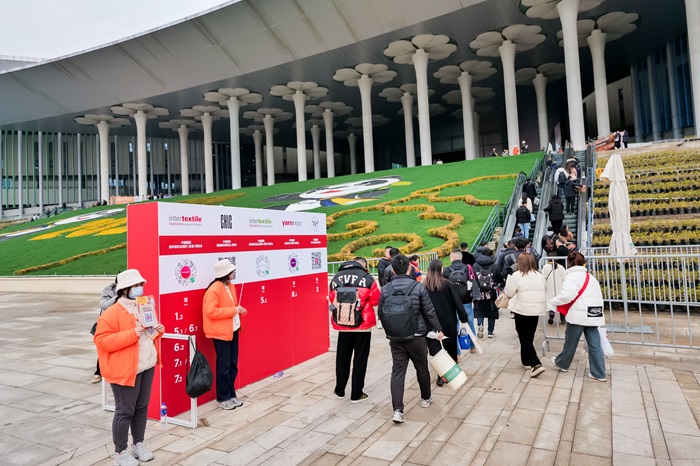How can consumers determine the real sustainability of brands? It is only if they demonstrate that they are actively making an effort to green their supply chain. Numerous industry-specific scoring systems have emerged in recent years to help in the Sustainable Apparel Coalition’s Higg Index which delivers methodology to evaluate companies and supply chains within their markets.
The Corporate Information Transparency Index (CITI), with a list of 267 brands and 3,292 suppliers, was developed jointly by the Institute of Public and Environmental Affairs (IPE) and the Natural Resources Defense Council (NRDC), rates brands that have manufacturing centres in China as per the their sustainable practices. The group conducted over 1,400 audits with real-time assessments of companies’ green manufacturing processes, publishing the track record of those that have worked hard to ensure their suppliers are just as environmentally conscientious as they are.
The importance of IPE’s approach is that it utilises supply chain data for some of the biggest international manufacturers, also like other rating systems, the CITI doesn’t just look at the inner-workings and testimonies of the brand’s factories, but evaluates the corporations’ environmental impact in the supply chain.
This year the IPE and NRDC took another step towards improving the environmental track record of the world’s largest manufacturers. Their Green Supply Chain Map, now on IPE’s website, is a visual, real-time mapping of companies that are willing to support supply chain transparency. The map is based on publicly available information from China’s government databases and manufacturers’ disclosures. As of date, six companies have agreed to be featured on the map: Gap, Puma, Espirit, New Balance, Inditex and Target. The mapping tool is in its trail stage, with some data only in Chinese and other sections lacking clarity in English. But it offers a insights that up to now, required consumers and companies to search across industry-specific websites, call manufacturers and look out for other sources for information.
The IPE is the result of efforts of renowned Chinese environmentalist Ma Jun, whose extensive research has helped reveal the kinds of environmental pollution that China is struggling with. His work has also forced multinational corporations with manufacturing ties in China to step up their sustainability efforts.












